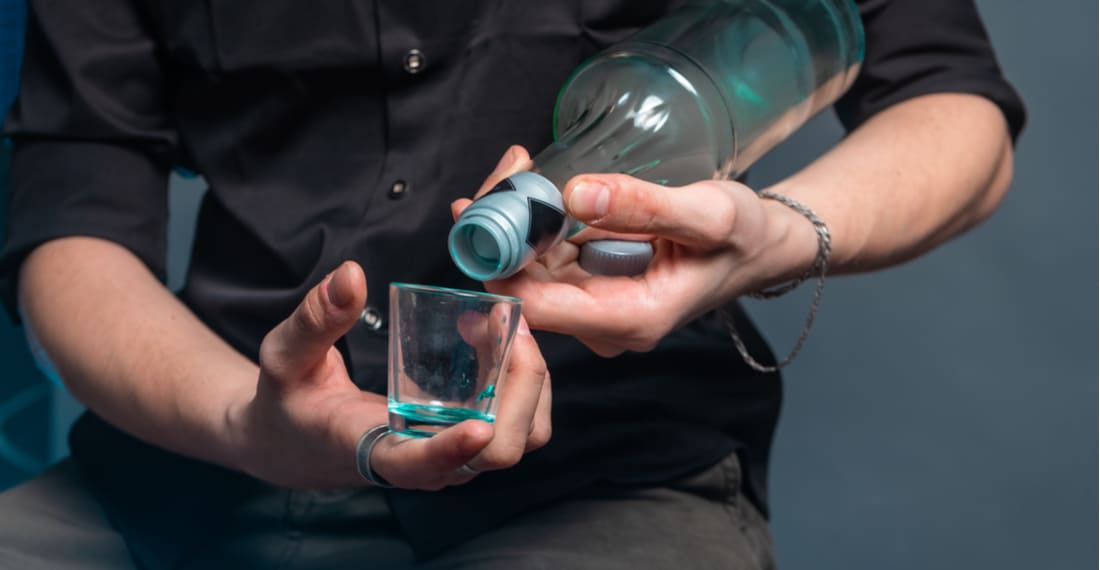
Alcoholism is a disease in which a persistent psychological and physiological dependence on alcoholic beverages is formed. The prevalence of the disease is associated with the standard of living of people. According to WHO, over the past decades, the number of people suffering from alcohol addiction has reached 140 million. The main contingent is young and middle-aged.
Alcoholism is a type of substance abuse, characterized by a painful addiction to substances that are not included in the list of narcotic drugs. There is practically no difference between drug addiction and substance abuse, taking into account biological processes, but there are differences in socio-legal facts. The disease is accompanied by a characteristic destruction of internal organs, degradation of personality, which progress as one stage of the disease passes into another.
In the International Classification of Diseases (ICD 10), pathology is encrypted with the code F 10, it is exposed only if there are certain criteria - characteristic signs of the disease. An official diagnosis requires the conclusion of a narcologist or a psychiatrist-narcologist who are engaged in the diagnosis and treatment of pathology. Diagnosis requires 2 or more signs:
There are also more specific conditions that accompany alcohol abuse, each has its own ICD code.:
Alcohol addiction is a problem of citizens not only of Russia, but also of developed European countries: Germany, France, Poland, the Czech Republic, Latvia, etc. Countries that profess Islam have a negative attitude to alcohol, so the incidence rate in them is extremely low.
A lot of people die from addiction, and a lot of money is spent on rehabilitation and recovery after severe complications, injuries.
The main component of alcohol–containing beverages is ethanol. In a small amount, it participates in metabolic processes. After alcohol enters the stomach, it is absorbed through its walls, enters the blood and spreads throughout the body, accumulating in organs. The main part disintegrates in the liver, the smaller part goes away during respiration, through sweat, with urine.
Due to liver enzymes, ethyl alcohol is broken down to acetic aldehyde, then acetic acid, then safe components are formed: water, carbon dioxide. When a large amount of alcohol enters the body, the liver cannot cope with the complete process of splitting. The concentration of a toxic decomposition product, acetaldehyde, increases in the blood. Its toxicity exceeds ethyl alcohol by tens of times.
Many people believe that if a person has drunk a lot of alcohol and remains relatively sober, it means that he has good health, but this is not the case. People have different alcohol tolerance, which is due to the work of the enzymatic system. If the synthesis of enzymes that break down ethanol is balanced, then intoxication occurs slowly, there is no pronounced hangover. The body quickly processes and removes toxins.
When ethanol is abused, the work of the enzymatic system is disrupted. There is an increased production of enzymes that break down ethyl to acetaldehyde, but the synthesis of substances that are responsible for its neutralization decreases. This is manifested by severe poisoning. There are people with alcohol intolerance, even from the minimum dose their face turns red, the temperature rises, red spots appear on the body.
The formation of psychological dependence is associated with the negative effect of ethanol on the nervous system. After drinking, a person feels euphoria, it becomes easier to communicate with people, he relaxes, anxiety is relieved. People use alcohol as a way to relieve stress, forget about problems. This is a simple and affordable antidepressant, but dangerous, since "one-time help" becomes a habit.
Alcohol consumption cannot be a physiological, natural process, and over time the need for it increases. Even before the stage of alcoholism appears, a person regularly drinks without noticing the first changes in the body. When they become apparent, it turns out that psychological dependence has already been formed in combination with physical dependence. Giving up alcohol becomes an extremely difficult task.
The disease does not occur in one day, the lightning-fast course is characteristic only for people with mental disorders, psychopathic personalities, with damage to the central nervous system. All people can be divided into 3 groups:
The line between moderate intake and abuse is very thin. A person does not notice how the usual relaxation on weekends, festive "spree" gradually turn into binge drinking and chronic alcoholism.
Alcoholics explain their addiction by severe problems in the family, at work, financial difficulties, disappointment in life, etc. Scientists have identified a number of reasons:
Some drinkers believe that alcohol is good for health. They drink to improve their appetite, fall asleep faster with insomnia, relieve stress, and keep warm on frosty evenings. Narcologists also get those who systematically relaxed on weekends after a hard working week. Such "treatment and rest" eventually turned into dependence.
Children growing up in families where they constantly arrange feasts, draw the wrong conclusions for themselves. Growing up, they introduce the same tradition in their family, believing that this is a good way to spend time with loved ones.
 3 stages of the disease were revealed, as well as the state of prodrome, when a person is not yet an alcoholic, but systematically drinks, therefore belongs to the risk group. With prodrome, they are used mainly in companies and rarely alone, more often it happens when meeting friends, on vacation, at a celebration, during painful and nervous events. At any moment, a person can quit and start his business, but there is no desire to continue drinking.
3 stages of the disease were revealed, as well as the state of prodrome, when a person is not yet an alcoholic, but systematically drinks, therefore belongs to the risk group. With prodrome, they are used mainly in companies and rarely alone, more often it happens when meeting friends, on vacation, at a celebration, during painful and nervous events. At any moment, a person can quit and start his business, but there is no desire to continue drinking.
There is an increased interest in alcohol. A person drinks during quarrels, fatigue, any problem, and its scale is not important, as is the circumstance, whether it is a joyful or sad event. The need for alcohol resembles hunger, thirst in a healthy person. If the drink fails, he can get distracted, then the craving slowly decreases until the following situation arises. If alcohol is available, then a person drinks to pronounced intoxication alone or in company.
It is difficult to stop, the drinker wants to continue and can continue drinking, even if the event is over. The peculiarity of the first stage is the suppression of the gag reflex, aggressiveness and memory impairment are also noted. An alcoholic does not drink systematically yet, isolated situations alternate with prolonged sobriety, and binge drinking is possible for several days. When sober, he often tries to justify his drunkenness, passes the responsibility on to others, says that someone provoked him, persuaded him.
The disease progresses, the amount of alcohol consumed increases, the patient takes it more than before, but this is not alarming. The ability to control the volume of alcohol disappears after the first glass. When refusing libations voluntarily or forcibly, symptoms of withdrawal syndrome (withdrawal) appear:
Delirium tremens are already possible at this stage. To get rid of withdrawal symptoms, the addict uses again, unable to stop, and this leads to binge drinking. A person falls into a vicious circle – he drinks to get rid of negative symptoms, but each time they become stronger and he has to drink more. There are 2 types of binge drinking:
With short-term binge drinking, people drink for pleasure, with long-term ones - because of the development of persistent addiction, withdrawal syndrome.
To determine that a person is sick, you do not need to be a narcologist – all the facts are obvious. A decrease in alcohol tolerance is characteristic, one glass is enough to get drunk. The condition does not improve even from a lot of drinking. The craving is uncontrollable, the person practically does not sober up. If you refuse a glass, alcoholic delirium occurs.
There is complete degradation of personality, severe pathological changes in internal organs, often irreversible. There is no criticism of his condition, the patient does not care how he looks, what others think about him. He stops eating, only drinks. Often addicts spend the night on the street, in basements. The goal of life is to find a drink to continue to exist.
An alcoholic is presented as an unkempt, dirty person who sleeps on the street. However, there are varieties of the disease when people do not even know that they have problems. Types of alcoholism:
Female alcoholism during pregnancy has no excuses and still occurs quite often. The harm of alcohol to the fetus is huge, often causes fetal alcohol syndrome. This is a complex of symptoms that occur in infants born to mothers with chronic alcoholism. About 1-7 cases per 1 thousand births are registered, which indicates the prevalence of abuse among pregnant women.
Prolonged intoxication is the cause of disruption of all organs, which often leads to a number of diseases:
The nervous system suffers more. Alcoholic psychosis is possible, the most severe form is delirium tremens (alcoholic delirium), which develops after a sharp exit from a long binge. Encephalopathy and depression occur less frequently. Mental degradation occurs, cognitive abilities and intelligence are impaired, and the circle of interests narrows. In the last stages, polyneuropathy occurs – multiple peripheral nerve damage.
The problem of alcohol addiction is not only that it takes away health, otherwise it would not be an acute social problem. Drunkenness breaks the fate of other people (relatives, relatives, including children), is dangerous for others. According to statistics, approximately 7% of accidents, 14% of murders, 60% of suicides occur due to alcohol intoxication.
Alcohol addiction causes the collapse of many families.
Alcoholism requires complex treatment, which can take place inpatient, outpatient, at home, taking into account the severity of the condition. For withdrawal from binge drinking, withdrawal withdrawal syndrome requires emergency measures - detoxification therapy. It is carried out by medication or hardware techniques, but the goal is the same - to remove poisons and toxins from the body, eliminate intoxication, reduce the likelihood of complications.
During infusion therapy, saline solutions, antioxidants, vitamins, sedatives, antipsychotics are poured with the help of a dropper. Additionally, narcologists inject drugs to improve the functioning of the liver, heart, brain, etc. The effectiveness of treatment is influenced by the patient's motivation. If he does not want to fight addiction, the probability of a breakdown is very high, so psychologists, psychotherapists of the drug treatment center work with patients.
To suppress the desire for alcohol, drug or psychological coding is carried out or they are combined – a double block. Disulfiram-based drugs that block liver enzymes are more often used. If a person takes alcohol, symptoms of alcohol poisoning will immediately occur. The drugs are administered orally, intravenously, sewn under the skin. Psychotherapeutic coding involves influencing the psyche of an addict in order to form an attitude to a sober life, giving up alcohol.
The final stage of treatment is rehabilitation. It is necessary to change the alcoholic, his thinking, attitude to life, problems, that is, to completely reprogram. Treatment takes place according to special programs, the most popular is "12 steps" (alcoholics Anonymous community), where addicts provide help and support to each other. The duration of rehabilitation depends on the length of use, the course of the disease, motivation, mental state and can take from 6 months or more.
The life expectancy of alcoholics decreases by about 10-15 years. In the early stages of the disease, the chances of recovery are high, but people often do not consider themselves sick and do not seek help. In severe cases, remission for more than 1 year is observed in 60% of patients. In the absence of treatment, chronic pathologies become the cause of death, suicide cases are frequent. The level of early disability due to severe injuries and organ diseases is high.
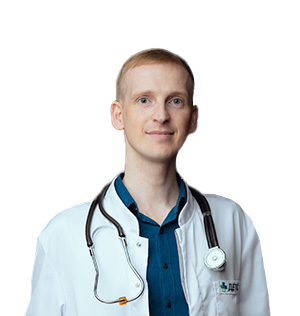
Стаж работы 16 Лет
Дата проверки: 17 Сентября 2025

Отеки после алкоголя: причины и устранение проблемы
Какими бы ни были причины отечности, она является характерным сигналом...
21.01.2021
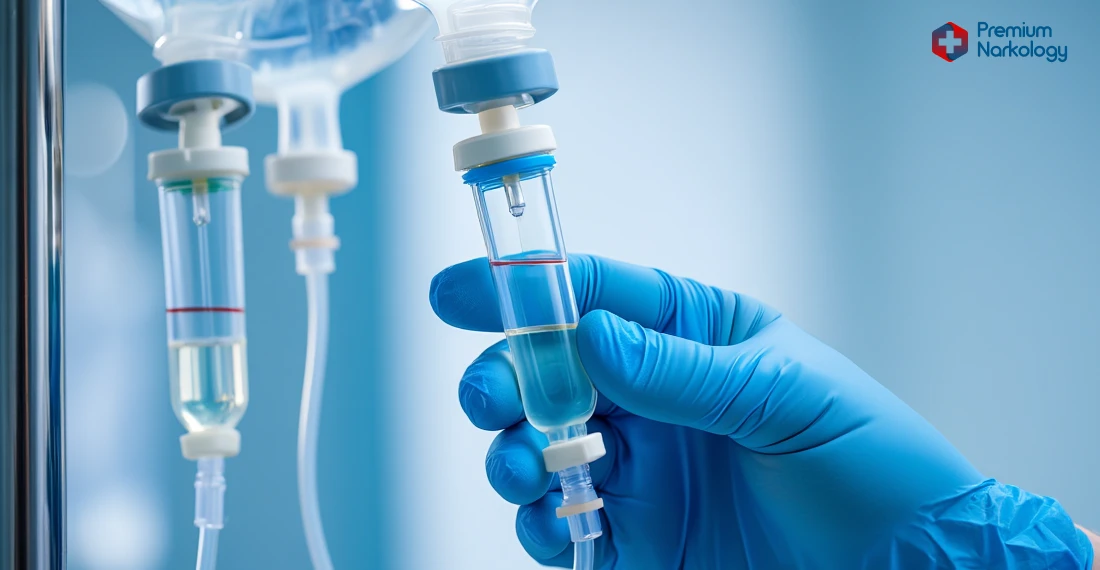

Запой: механизм развития, причины, симптомы, лечение
Запой – продолжительный прием спиртного в течение нескольких дней. По...
24.03.2021
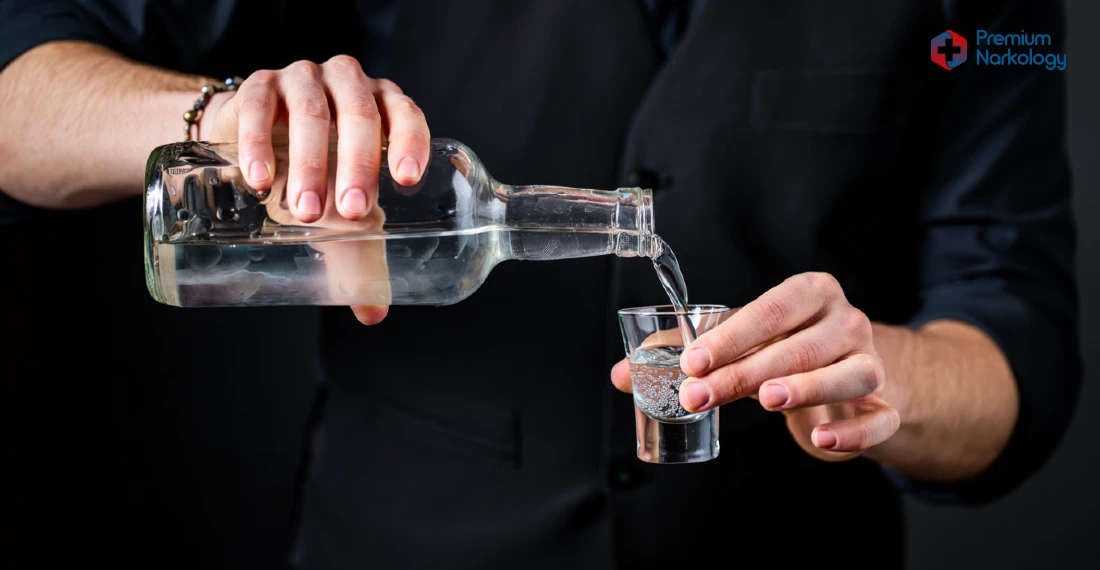
Алкоголизм: причины развития, признаки, лечение
Алкоголизм – заболевание, при котором формируется стойкая психологическая, физиологическая зависимость...
24.03.2021
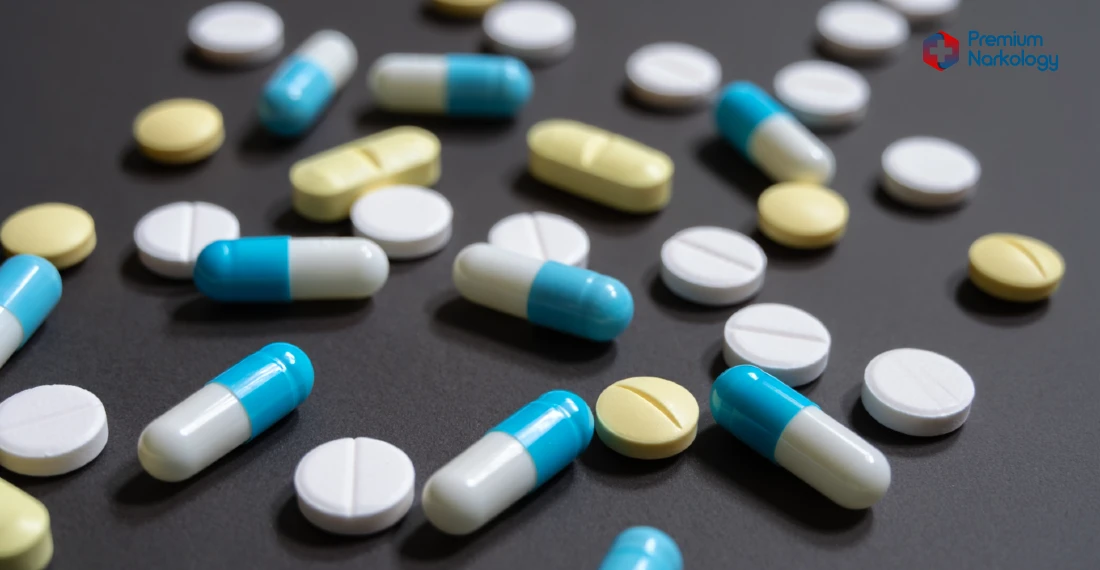
Какие таблетки от похмелья самые эффективные?
Что помогает при похмелье? Эффективных и доступных способов достаточно, и бороться...
06.05.2021
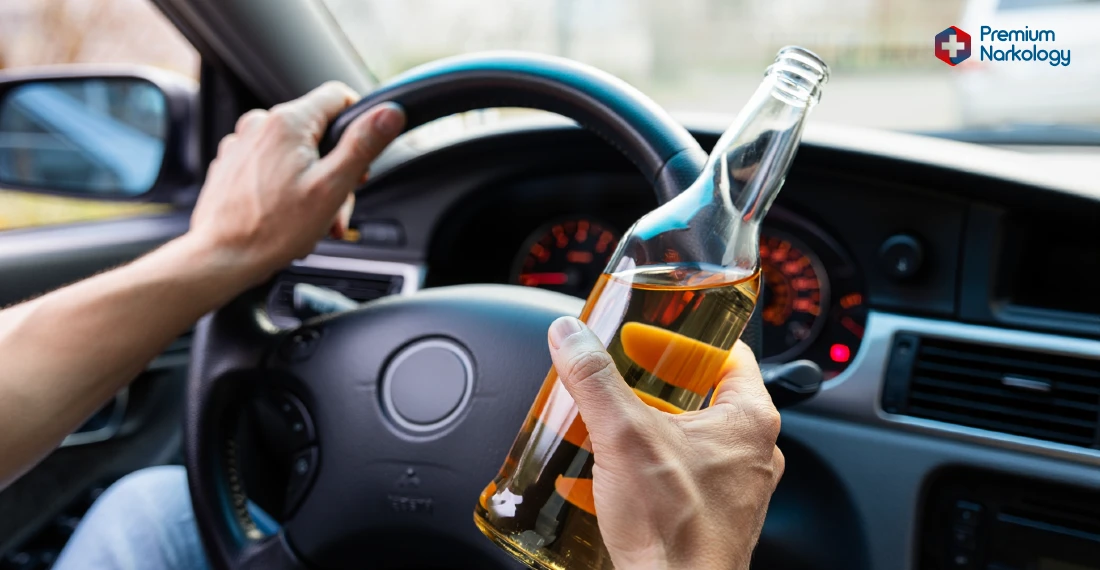
Через сколько времени после алкоголя можно за руль, какие факторы на это влияют
Ежегодно в России происходят сотни дорожных аварий по вине пьяных...
07.06.2021

Проблема алкоголизма в России
Алкоголизм в России стал широко распространенным заболеванием: пьющих людей легко...
15.07.2021

Как уснуть с похмелья: методы эффективной борьбы с этим критическим состоянием
Похмелье - мучительное состояние, одно из ярких проявлений сильной алкогольной...
31.08.2021

